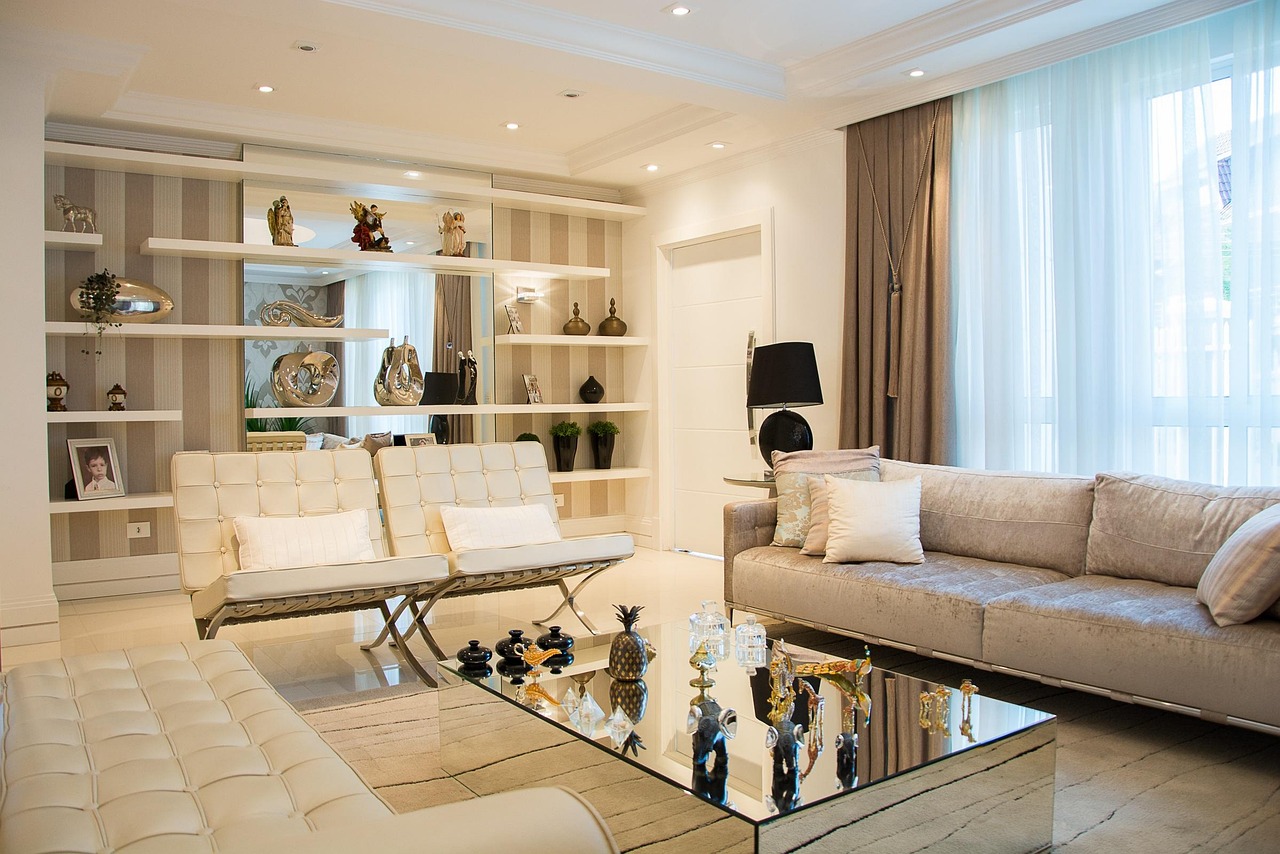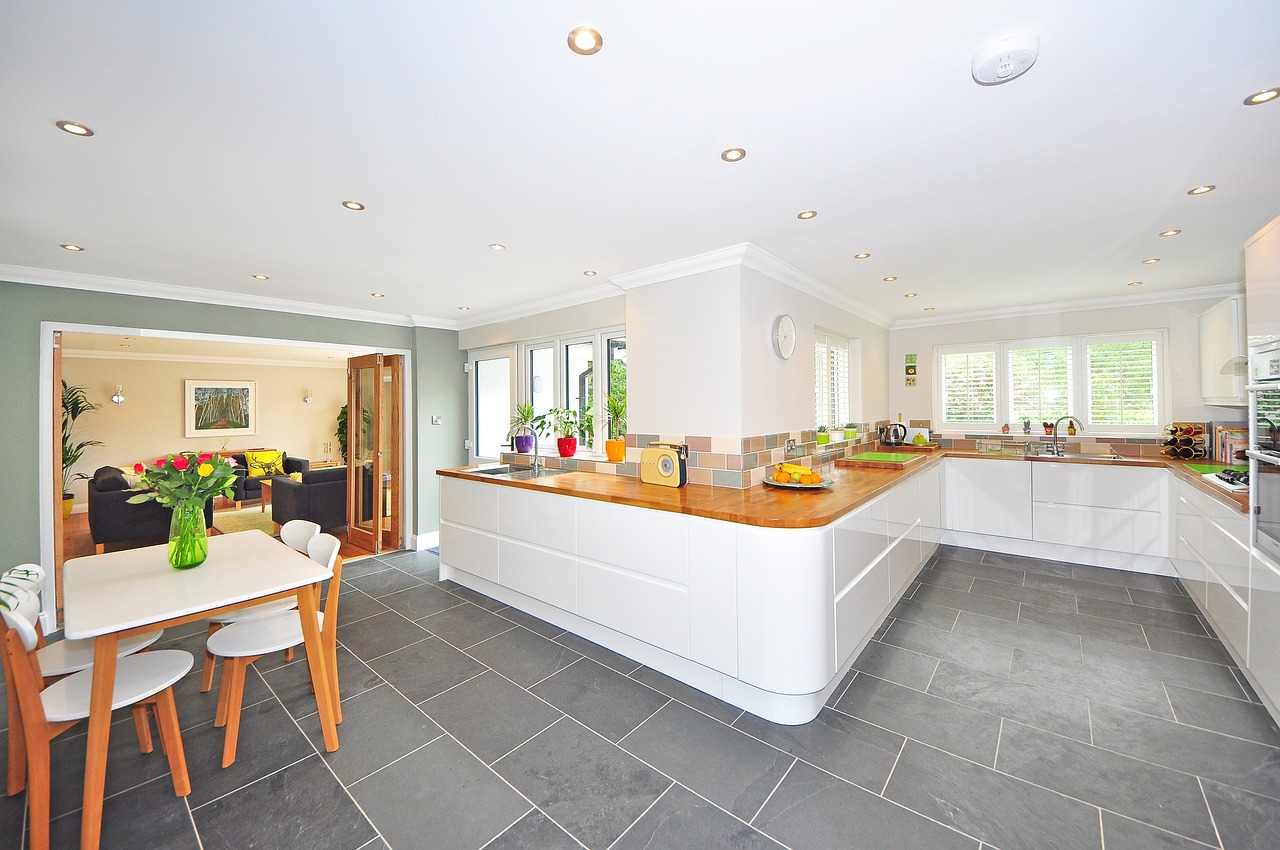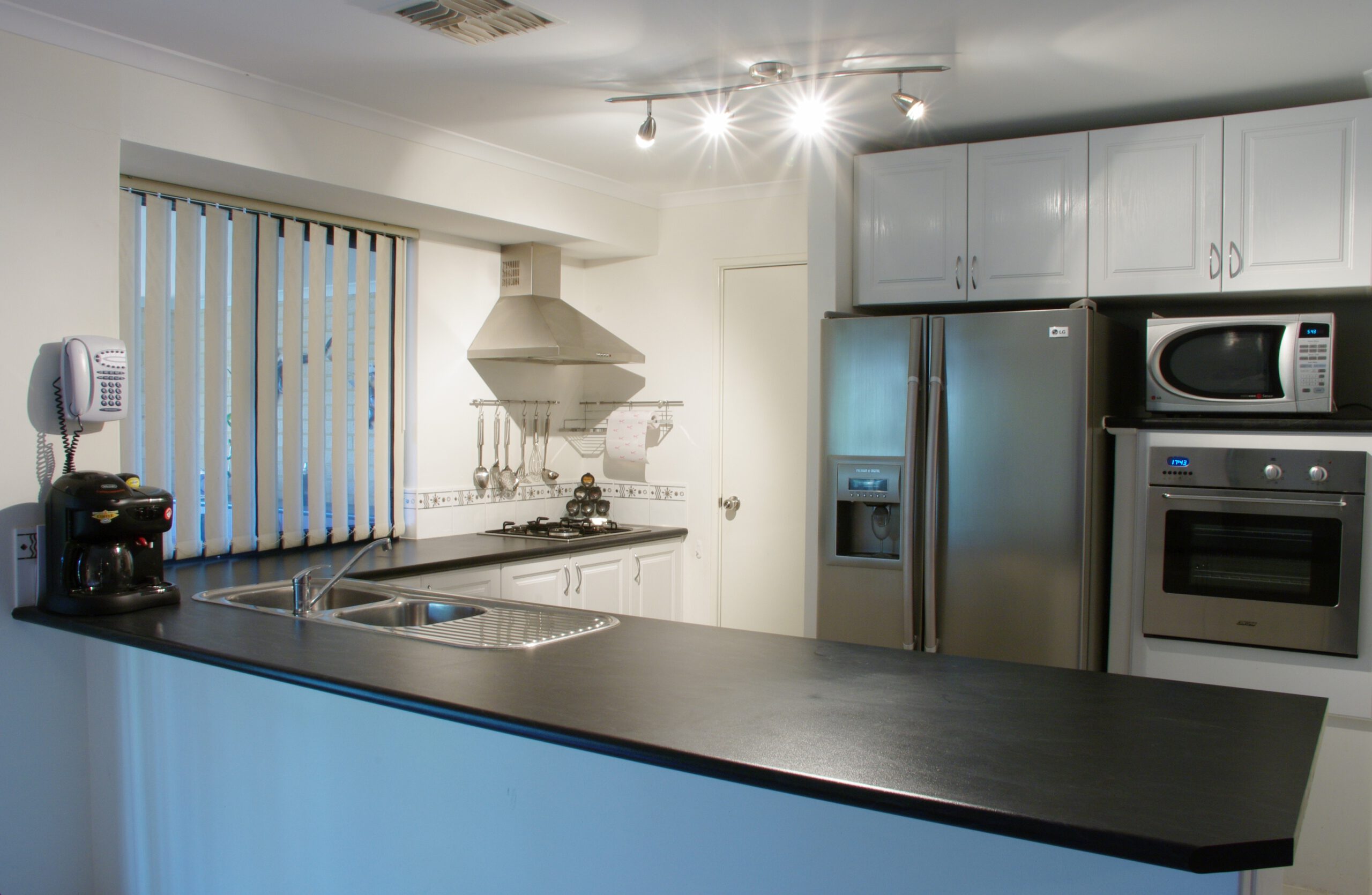First Impressions Hide the Real Story

Step past the glossy magazine photos and you’ll find that luxury living isn’t always as effortless as it appears. The grand foyer, the sparkling marble, the infinity pool—these features dazzle at first glance, but they come with layers of complexity few discuss openly. What most people don’t see is the constant hum of upkeep, the invisible costs, and the subtle pressures that shape how you actually live. Touring a multi-million-dollar home can feel magical, but owning one? That’s where the real story begins. The truth is, even in the world of luxury, every stunning detail comes with a trade-off. If you’ve ever wondered why some dream homes start to feel more like work than wonder, you’re not alone. The façade of perfection often masks a more practical, sometimes surprising reality underneath.
Hidden Costs Lurk Behind Every Finish

Luxury doesn’t stop at the purchase price. Hidden costs can sneak up on you in ways you never imagined—think landscape crews appearing twice a week, specialist repairs for imported fixtures, or energy bills that rival a car payment. According to Zillow, annual maintenance can eat up 1% to 3% of your home’s value. On a $2 million home, that’s as much as $60,000 a year, just to keep things running smoothly. Exotic wood floors need careful sealing, smart home systems require updates, and even a showpiece wine cellar needs climate control. The reality: opulence is a commitment, not a one-time splurge. Many first-time luxury owners are shocked by the sheer volume of bills that follow the move-in day. The more unique your finishes, the harder it is to find affordable fixes.
Location Means More Than a Zip Code
It’s easy to get swept away by a prestigious address, but luxury neighborhoods bring their own baggage. Property taxes in sought-after areas can soar, and insurance is often higher—especially if your dream spot sits near water, woods, or anywhere prone to storms. That picturesque hillside villa? It might come with a landslide risk or a commute that wears down your weekday spirit. Sometimes, the best address isn’t the best fit for your actual lifestyle. Schools, traffic, and even the simple joy of walking to your favorite café can all be affected by where you land. The emotional pull of “the best neighborhood” needs to be balanced with the day-to-day rhythm of your life. Many luxury buyers realize too late that their new address doesn’t match their real needs.
Design Psychology Shapes How You Feel

Luxury isn’t only about what you see—it’s also about how spaces make you feel. Design psychology tells us that layout, light, and even ceiling height can change your mood and relationships. For example, a sun-flooded kitchen can lift your spirits every morning, while a poorly lit hallway can feel “off” even if it’s clad in marble. Designer Kelly Wearstler says, “A home should be a feeling, not just a look.” Open layouts foster connection but can also feel overwhelming if not zoned well. Using calming colors like cool blues in bedrooms and energizing hues like yellow in breakfast nooks can create emotional balance. Even the position of a sofa can make a space feel welcoming or cold. In luxury homes, these little choices matter exponentially—the wrong flow can turn gorgeous rooms into unused galleries.
Resale Myths Can Trip Up Any Owner
Many assume that luxury always equals investment, but the market doesn’t play favorites. According to the National Association of Realtors, high-end properties often linger on the market longer than starter homes, especially in slower economies. Custom features that were once your dream—like a built-in aquarium or a gold-plated tub—might actually shrink your pool of buyers. Trends change fast at the top end. What’s “in” today could be “out” next year, making resale unpredictable. Savvy sellers focus on timeless upgrades like hardwood flooring or neutral palettes. If you’re not careful, you could end up over-improving for a neighborhood and losing money when it’s time to move on. Being resale-smart with each decision is vital, even in the world of luxury.
Smart Upgrades Boost Value and Joy

Not all improvements are created equal, especially in luxury homes. High-impact upgrades like energy-efficient windows, LED lighting, or a chef-inspired kitchen serve double duty—they offer daily comfort and attract future buyers. According to Remodeling Magazine, a kitchen remodel can return up to 80% of its cost at resale. Adding smart home tech, like programmable thermostats or automated blinds, not only feels futuristic but also saves on utilities. Even smaller changes, such as swapping in statement hardware or installing built-in shelving, can elevate both look and function. Prioritizing upgrades that blend style with substance helps you avoid the trap of beauty without practicality. The best investments are the ones you’ll love to live with and that others will pay for later.
Common Mistakes Even Savvy Buyers Make
Luxury buyers are not immune to missteps—some of the most common are surprisingly simple. Over-customizing to your own taste can make resale tough, especially if your preferences run niche. Skipping professional inspections because “it’s new” or “it looks perfect” can lead to disastrous surprises—think hidden leaks behind marble walls or HVAC systems on the fritz. Another pitfall: ignoring how you actually live. Buying a palatial dining room when you always eat at the kitchen island can leave beautiful spaces unused. Even a minor miscalculation—a hallway an inch too narrow—can shrink perceived space by 20%. The lesson: the smartest buyers stay grounded in both their needs and future realities.
Luxe on a Budget Is Closer Than You Think
You don’t need a billionaire’s budget to feel like you live in a luxury home. Strategic, affordable upgrades can make a dramatic difference. Swapping builder-grade lighting for a statement chandelier, layering textured rugs, or adding floor-to-ceiling curtains all create an instant upscale vibe. Mirrors can double the sense of space and amplify natural light, while curated art or sculptural vases offer personality without the premium. Even swapping out hardware—brushed brass faucets, matte black handles—lends a designer feel. The trick is to focus on details that catch the eye and invite touch. With a discerning eye, you can achieve champagne taste on a sparkling water budget.
Emotional Impact Outweighs the Price Tag

The best-kept secret of luxury living isn’t found in a price tag or an address—it’s in how a home makes you feel. The right layout can help families grow closer, while thoughtful lighting turns ordinary evenings into memories. When your space flows well, you feel energized and at ease. Many luxury homeowners say their favorite upgrade isn’t the priciest—it’s the cozy reading nook, the sun-drenched breakfast spot, or the music room that becomes the heart of the house. The emotional return on these features lasts far longer than any trend. Ultimately, a home’s luxury is measured in moments, not just materials.
Design Choices That Age Gracefully
Truly luxurious homes stand the test of time because of smart, classic choices. Neutral palettes allow you to refresh accents as trends change, while quality materials like natural stone or wide-plank oak never go out of style. Built-in storage keeps clutter at bay and makes spaces livable, not just beautiful. Layered lighting—combining overhead, task, and ambient sources—adapts to any mood or occasion. Incorporating flexible spaces, such as convertible guest rooms or multipurpose dens, increases both utility and resale appeal. By focusing on design elements that adapt and endure, you create a home that feels current today and timeless tomorrow.
Everyday Livability Is the Ultimate Luxury
No matter the scale of your home, true luxury is found in the details that make daily life smoother and more joyful. Mudrooms that catch the chaos of school mornings, spa-inspired baths that offer sanctuary, and kitchens designed for real cooking all turn dreams into reality. Even the most opulent homes can feel sterile without spaces that invite you to live, laugh, and relax. When you blend design psychology with practical upgrades, you create a space that feels as good as it looks—one that welcomes you home, every single day.

Kelly Westler is a celebrated designer and author specializing in bold, eclectic interiors. Her book The Art of Spaces showcases her signature mix of colors, textures, and vintage influences, inspiring homeowners to embrace fearless design.

